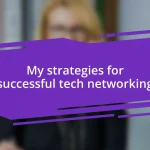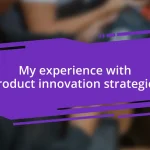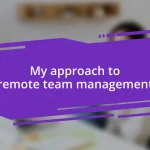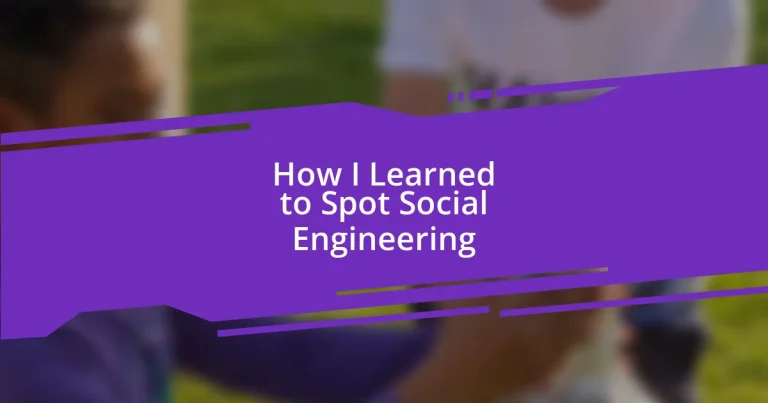Key takeaways:
- Social engineering manipulates emotions like fear and urgency to extract confidential information, emphasizing the need for vigilance.
- Recognizing red flags such as pressure tactics, inconsistencies in stories, and unsolicited requests can help identify potential social engineering attempts.
- Continuous learning and community engagement are essential for staying updated on social engineering trends and improving defenses against malicious tactics.
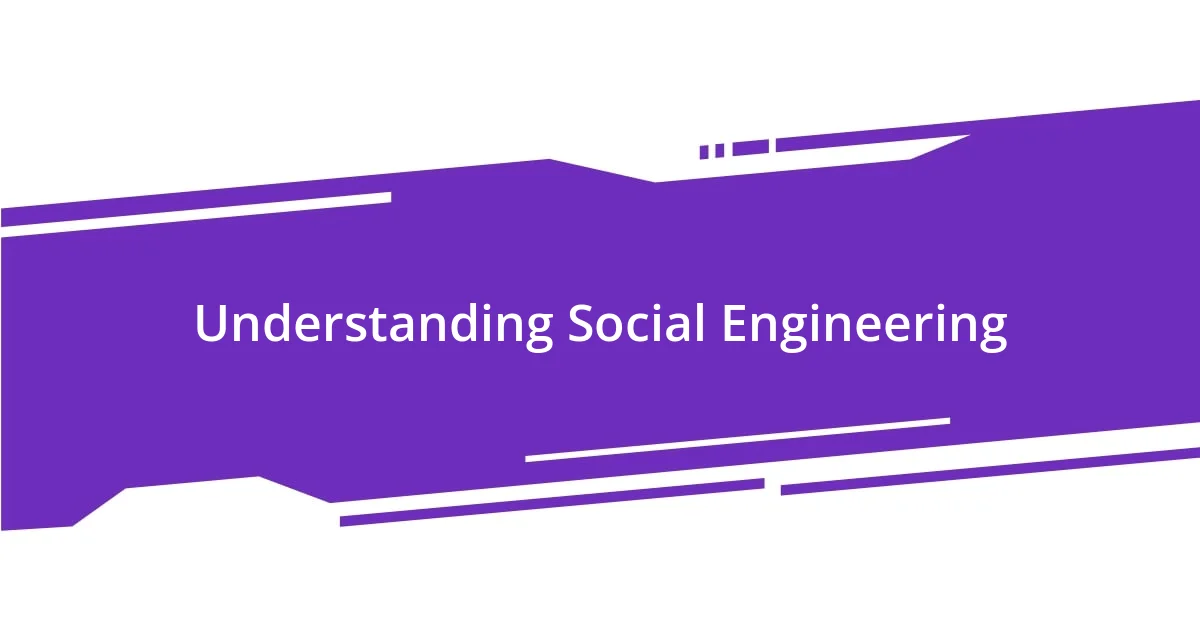
Understanding Social Engineering
Social engineering is a fascinating yet troubling manipulation technique where individuals exploit human psychology to gain confidential information. I still remember a moment when a colleague received a convincing email from what seemed like our IT department, urging immediate password updates. It was unsettling to realize how easy it can be for someone to masquerade as a trusted source.
One key element in understanding social engineering is recognizing that attackers often rely on emotions such as fear, urgency, or even trust. When I slipped up myself, it was during a frantic call from someone claiming to be a security officer saying there was a breach. It struck me just how effective that emotional appeal was—it almost made me forget my instincts. Have you ever felt that rush of urgency in a similar situation? It’s eye-opening to reflect on how quickly we can lower our guard when faced with anxiety.
Catching the signs of social engineering can be incredibly challenging. We might think we’re cautious, yet our desire to be helpful can lead us astray. I’ve learned to trust my gut feelings—if something seems off, more often than not, it probably is. Clarity comes from this constant awareness of the subtle tactics employed by social engineers, allowing us to keep ourselves and our data safer.
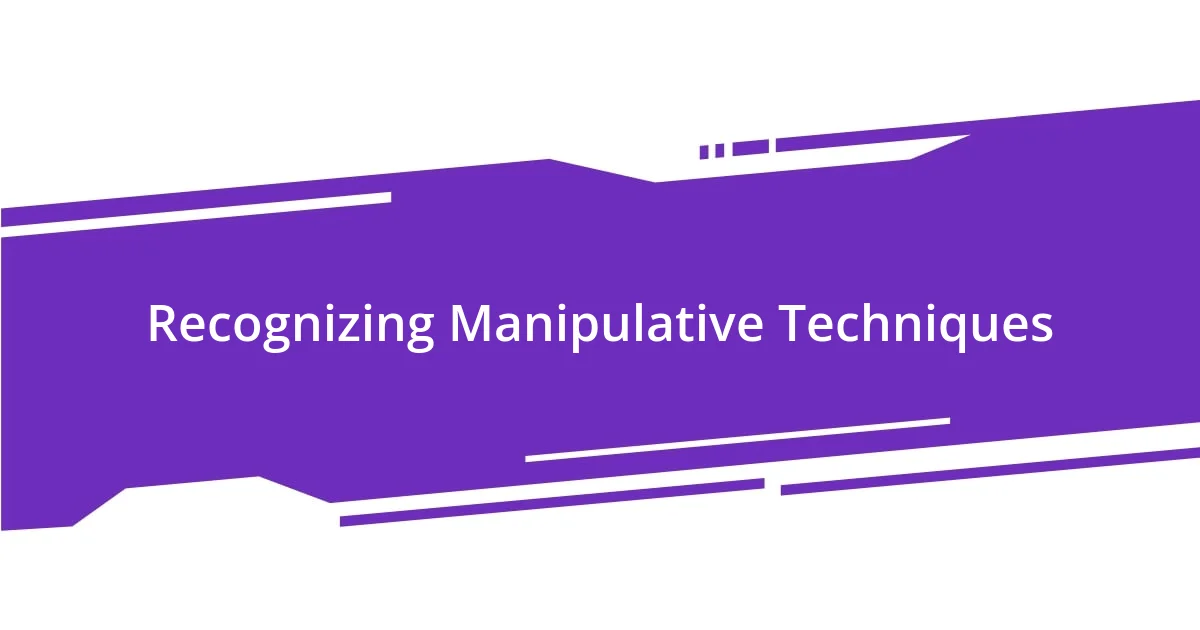
Recognizing Manipulative Techniques
When I think about recognizing manipulative techniques, it often boils down to a few red flags that I’ve personally encountered. For instance, I recall receiving a phone call from someone who claimed to be from my bank, requesting my account information to resolve a supposed fraudulent transaction. I felt a chill; the caller’s tone was friendly yet persistent, creating an illusion of safety. This experience taught me that a consistent pattern in their approach is to build rapport quickly, making it easier to manipulate.
To help identify these techniques, I’ve learned to keep an eye on specific behaviors:
– Pressure Tactics: Urgency is a classic method. If someone is pushing you to make a decision quickly, take a step back.
– Consistency in Storytelling: Social engineers often have shaky narratives. When their stories don’t quite add up, it’s a definite warning sign.
– Excessive Flattery: If someone is showering you with compliments, it may be a setup to lower your defenses.
– Unsolicited Requests for Information: If you weren’t expecting it, question why they need that information.
These strategies have helped me become more attuned to social engineering risks, ensuring I protect myself and those around me.

Identifying Common Social Engineering Scenarios
Identifying common social engineering scenarios is crucial in protecting ourselves from manipulation. One scenario that stands out in my mind is the classic tech support scam. Not long ago, I received a call from someone claiming to be from a well-known software company. They insisted there was a virus on my computer and needed remote access to fix it. My initial confusion quickly turned to skepticism when I took a moment to assess the situation. I remembered that legitimate companies typically don’t reach out this way.
Another common tactic involves phishing emails. I recall a time when I received an urgent message supposedly from my bank, warning me of unusual account activity. It was crafted to evoke panic, convincing me to click on the link they provided. Instead of reacting instinctively, I paused and did a search to verify the source. This personal experience taught me the importance of scrutinizing unsolicited messages closely, as they often hide malicious intent behind a facade of urgency.
Finally, there’s the scenario of impersonation via social media. I once got a friend request from someone using a familiar face but with a slightly different name. At first, it seemed innocent, but a quick check revealed it was a fake account that aimed to extract personal information. This highlighted how social engineers exploit our trust and connection to manipulate us. Understanding these scenarios can empower us to stay vigilant and protect our sensitive data from falling into the wrong hands.
| Scenario | Signs to Look For |
|---|---|
| Tech Support Scam | Unsolicited calls; pressure to grant access |
| Phishing Email | Urgent requests; suspicious links |
| Impersonation on Social Media | Familiar faces; slight name changes |

Analyzing Real Life Examples
Reflecting on real-life experiences can really sharpen our ability to spot social engineering. I once found myself in a coffee shop when a stranger approached, claiming to be locked out of their account and needing my help with a Wi-Fi password. Initially, I felt a sense of empathy, but then I paused. Why would a complete stranger trust me with such sensitive information? That moment reminded me of the importance of questioning the context behind seemingly innocent requests.
Another striking example happened during a friendly conversation at a community event. Someone asked me about my recent travel plans, but their follow-up questions became oddly specific, as if they were fishing for personal details. I sensed an undercurrent of manipulation, which made me acutely aware that not all curiosity is genuine. Have you ever felt that unsettling feeling when someone seems to dig a little too deeply? I learned to treat such situations with caution, as they often hide ulterior motives.
One particularly eye-opening incident occurred while volunteering. A person I thought I knew well suddenly asked for my help in transferring funds to a charity. Their urgency and emotional appeal tugged at my heartstrings, but I hesitated. My instincts told me something was off. Thankfully, I took the time to verify their claims before moving forward. This scenario reinforced for me that emotional tactics can be some of the most effective methods social engineers use to gain trust and manipulate others. Being aware of these insights helps equip us to navigate conversations with a healthier skepticism.
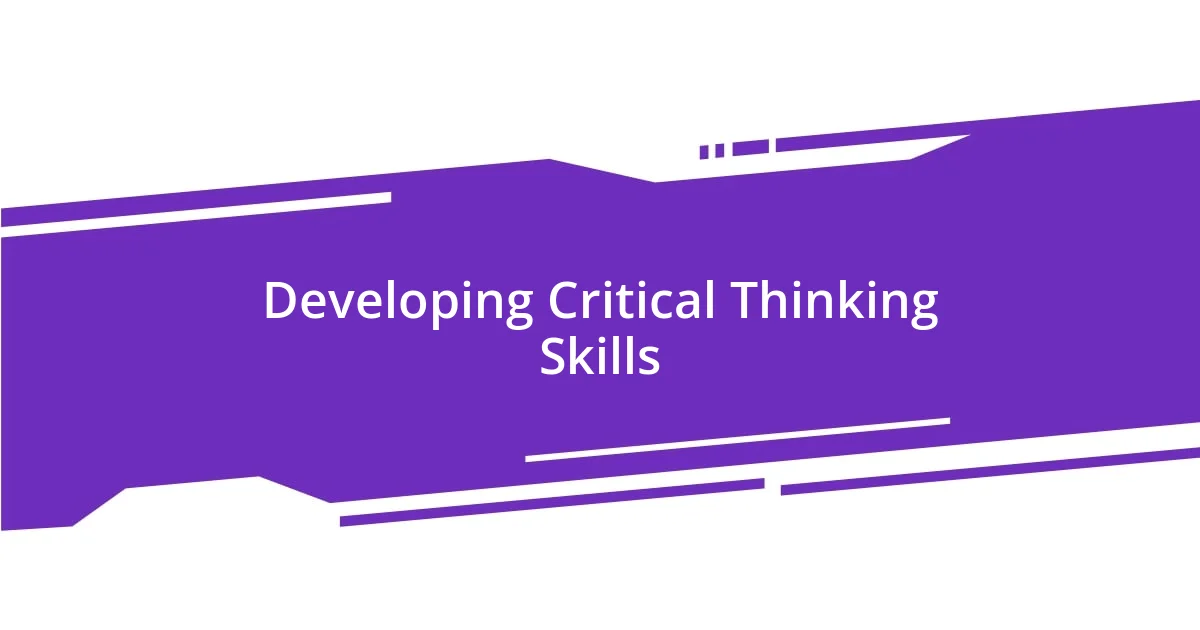
Developing Critical Thinking Skills
Developing critical thinking skills is essential in my journey to spot social engineering. Once, during a routine meeting, a colleague shared an urgent request demanding immediate action. While others rushed to comply, I took a moment to analyze the context. This pause allowed me to question the authenticity of the request, leading me to realize it was a poorly timed tactic to distract us from a larger issue at play. Have you ever felt the pressure to act quickly without questioning the motive behind it?
I’ve also found that breaking down scenarios helps me see manipulative patterns more clearly. For example, in a crowded office, a chatty visitor suddenly asked about my team’s projects. Initially, I was flattered by their interest and even shared a few details. But the thought struck me—what if they were fishing for sensitive information? I then started applying a simple mental framework to categorize requests based on their context, intent, and source. This process not only enhances my critical thinking but also reduces the likelihood of falling into a trap.
Moreover, I’ve learned to trust my instincts as part of this development. There was a time when a stranger approached me in a grocery store, claiming they were in dire financial straits and needed help. At first, I felt compassion; however, a small voice in my head urged me to tread carefully. I asked questions that illuminated inconsistencies in their story, ultimately deciding to decline their request. My gut feeling was right, reinforcing the idea that skepticism isn’t a flaw but a necessary tool for self-protection. How often do we dismiss that inner voice when it comes to our safety?
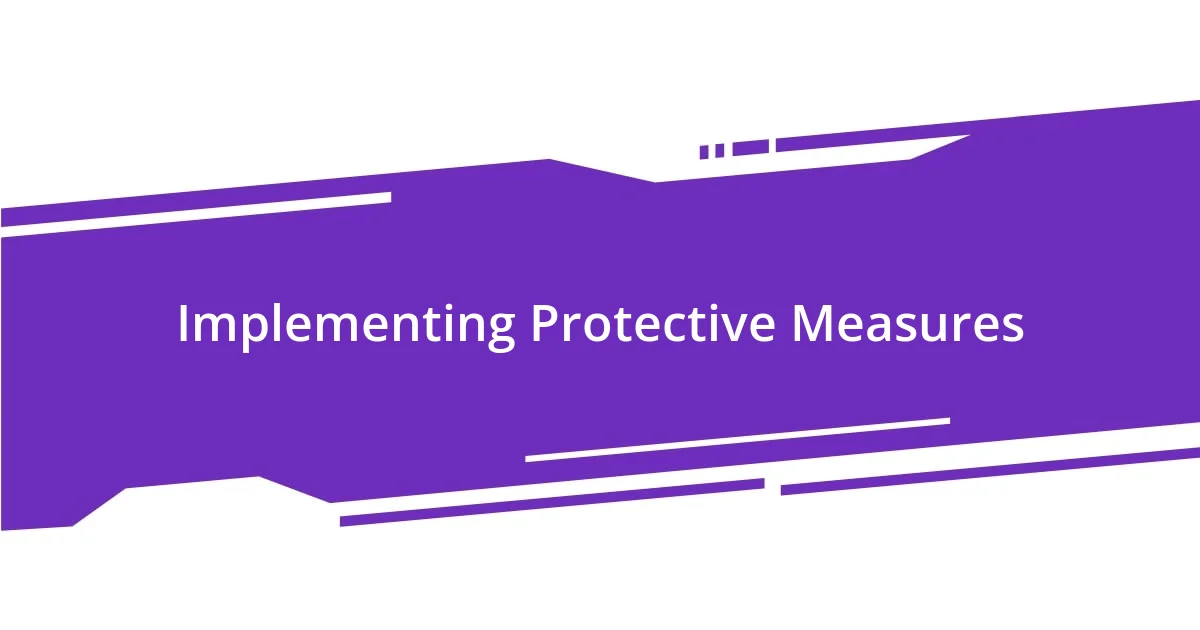
Implementing Protective Measures
Introducing protective measures against social engineering requires a proactive mindset. I remember a time when a friend fell victim to a phishing email that appeared to come from their bank. To prevent similar situations, I encouraged them to enable two-factor authentication on their accounts. This extra layer of security not only increases protection but also provides peace of mind, as it makes unauthorized access much more challenging. Have you ever considered the simple steps you can take to secure your digital life?
It’s vital to cultivate a culture of awareness within any group or organization. During a recent workshop I led, we discussed the importance of recognizing red flags in communication. I shared an incident where a vendor requested sensitive information during a casual exchange. That experience illustrated how even well-meaning conversations can become breaches of security. By sharing such stories, we empower others to be vigilant. When was the last time you discussed cybersecurity tactics with your peers?
Lastly, regular training sessions can significantly bolster defenses against social engineering tactics. I recall a session where we role-played various scenarios to practice our responses. The exercises revealed not only my own gaps in knowledge but also reinforced the importance of being prepared for unexpected situations. It was eye-opening to realize that awareness alone isn’t enough; we need to engage actively and continuously hone our skills. Are you integrating practice into your protection plan?

Staying Updated on Trends
Staying updated on trends in social engineering is crucial in our fast-paced digital world. I remember sitting at a cybersecurity conference, intently listening to speakers dissect the latest phishing tactics. It struck me how quickly manipulators adapt—mere months after we’d established best practices, new techniques were being showcased. Have you ever found yourself wondering if you’re keeping up with these rapid changes?
I’ve made it a habit to follow industry experts on social media and subscribe to relevant newsletters. One day, a piece I read alerted me about the rise of deepfake technology, which was something I hadn’t considered in the context of social engineering. It was unsettling to realize that even our senses could be manipulated now. This pushed me to investigate further and strengthen my skills in detecting not just the obvious threats, but the subtle ones, too. What resources do you rely on to stay informed?
Engagement in community forums has been another valuable strategy for me. I once participated in a discussion where someone shared their experience of a phone scam that fooled even tech-savvy peers. That encounter reminded me that knowledge is power, but sharing personal stories amplifies that power. It builds a collective defense, as we learn from each other’s missteps. Are you actively sharing your experiences to help others stay ahead of the curve?
